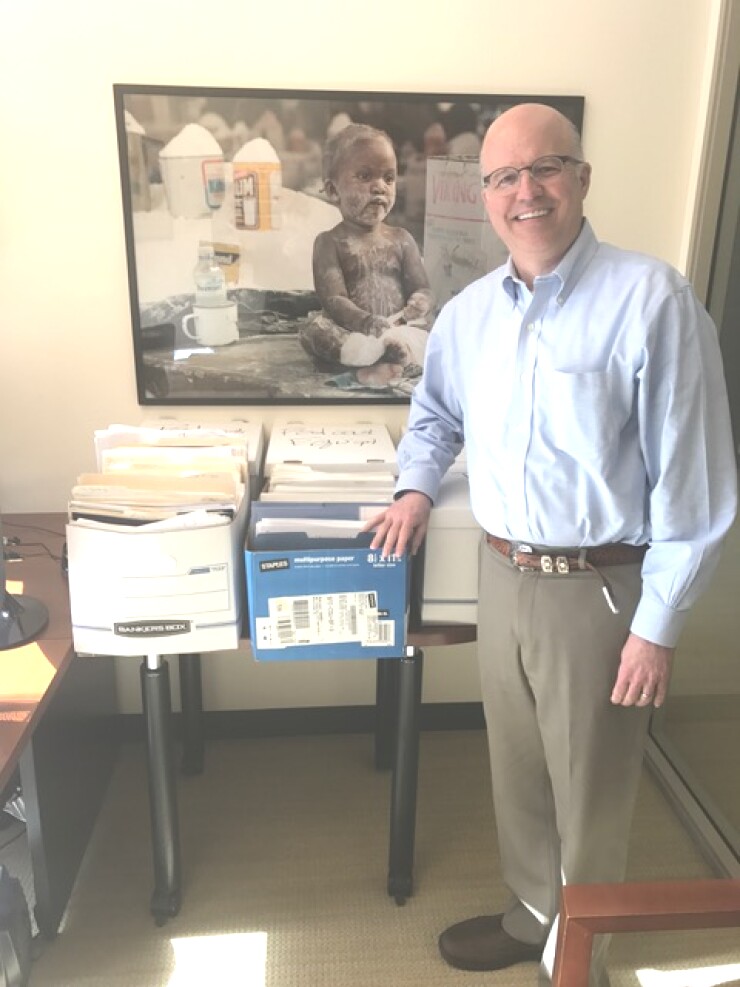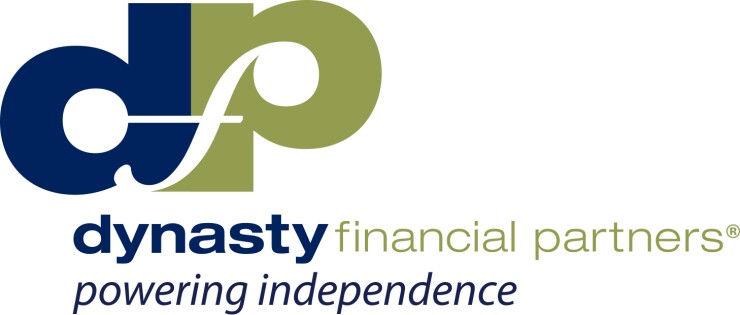It’s not as easy as it looks.
That applies to both breakaway brokers and the platform providers who service them — a fact most recently underscored by the demise of Sanctuary Wealth Services, which will go out of business at the end of March.
After nearly eight years of helping breakaway brokers become functioning independent RIAs by providing compliance, reporting, investment management and consulting services, Sanctuary saw too many firms defect to keep the business going.
"My firm's business support was ultimately viewed as an expense that could be cut, and it was by many of our initial firms," says Jeff Spears, Sanctuary's founder and CEO.
Sanctuary's failure offers lessons for both breakaway brokers who become RIAs and platform providers who do business with them, say industry executives — starting with Spears himself, who candidly discusses his trials and tribulations in a blogpost,
BREAKAWAYS' MISCALCULATIONS
Breakaways underestimate the difficulty — and cost — of running their own business, according to Spears and industry consultants.
Many breakaways didn't take into account expenses such as maintaining their support staff, who were accustomed to good salaries and generous benefits as wirehouse employees, Spears says. Moreover, the 20% to 30% cut of topline fees they had to pay Sanctuary were a shock to the system — and ultimately unsustainable.

"In this environment, it’s proven harder to grow as an independent RIA with rising costs for staff, compliance and technology," says Jamie McLaughlin, an industry consultant for wealth managers and high-end breakaways. "Growth becomes more challenging as principals erode their capacity utilization by taking on new clients and taking on non-sales responsibilities."
WHAT'S THE REAL PAYOUT?
Breakaway advisers simply have more aspects of a business to manage than they’re accustomed to, and their initial expectations aren’t always realistic.
"Anybody who tells a breakaway a transition is easy is either naïve or lying," says John Furey, principal of Advisor Growth Strategies. "All transitions are difficult. Most teams struggle with a variety of things including running the business, understanding how their P&L functions, managing their people, and getting their technology and client experiences the way they want it."
"Anybody who tells a breakaway a transition is easy is either naïve or lying," says John Furey, principal of Advisor Growth Strategies.
"This is normal," Furey stresses, "but sometimes the breakaway is overconfident or has been convinced by a market participant that everything will work on day one."
Naturally enough, many breakaways are looking to leave a wirehouse for a higher payout, Spears says. But instead of keeping 100% for themselves, after several years as an independent they realize the payout is more like 65%.
"They don't realize how much more they have to work for an extra 10% to 15% profit margin," he says.
This conundrum also has implications for platform providers, as does the fact that the more experience breakaways gain an independent firm, the less reliant they are on others to show them the ropes.
WHEN ARE PLATFORM PROVIDERS NO LONGER NEEDED?
"The problem Jeff ran into, and I believe all platform providers will run into, is that once you’ve educated the advisers on what they need, they no longer need you," says Matt Sonnen, CEO of PFI Advisers, which customizes technology for transitioning breakaways. "As Jeff put it in his blogpost, after a certain point the breakaways know what they need to know."
-
The biggest advisers to go it alone this year managed over $13 billion in client assets.
December 20 -
Advisers shouldn’t let fear of the unknown stop them from breaking out on their own.
September 2 -
Exclusive: Advice Period, the newest RIA platform model, offers star power and IBD qualities. Is it enough?
January 9
All platform providers, according to Furey, "must understand that breakaways are far more educated now. They will either hire the experts or figure out what [the going price]is for services and hire a platform or not — or leave one. Platform providers have to remember that breakaways turn into RIAs and will always demand value for the fee they pay."
Indeed, when discussing his competitors, Spears, who signed on nine firms at Sanctuary's peak, notes that some had advantages that he didn't, such as scale and capital, while others could offer unique tools, applications or high-priced experts.
For example, Dynasty Financial Partners, the industry's largest integrated platform provider with 39 firms as clients "has a similar value proposition to Sanctuary, but could differentiate their offering by providing a client portal and internal experts like Scott Welch [the ex-Fortigent executive who is now Dynasty's chief investment officer]," Spears says.
In addition, says Furey, Dynasty's proprietary desktop software acts as a business management hub and is able to "add value and provide something their partner firms can’t get elsewhere."
WHAT DYNASTY DOES — AND DOESN'T DO
Dynasty chief executive Shirl Penney says his firm has been able to stay on top of the field and only lose three firms since its' founding in 2010 by "getting to scale fast and being well funded, which allowed us to build out resources to service advisors across the life cycle of their business, well past transition."

Other arrows in Dynasty's quiver include a large staff and the ability to also provide RIAs with financing, insurance, marketing, and assistance doing mergers and acquisitions.
Dynasty does not, however, take an ownership position in RIAs, an element some observers think may be critical to firms seeking to align themselves with breakaways.
Spears points to the success of strategic investors such as AMG Wealth Partners, which bought majority stakes in top firms like Baker Street Advisers and Veritable.
And Furey notes that large RIAs such as Carson Wealth Management Group, Mariner Wealth Advisors and Stratos either take stakes or acquire firms and are also building platforms.
"Sanctuary could not build a recurring revenue model," says McLaughlin. "Unless the kind of firms who work as transition agents have an ongoing ownership share, the economics of sharing the operating share can be elusive unless an RIA has a proven organic growth engine, which can be damn hard."





